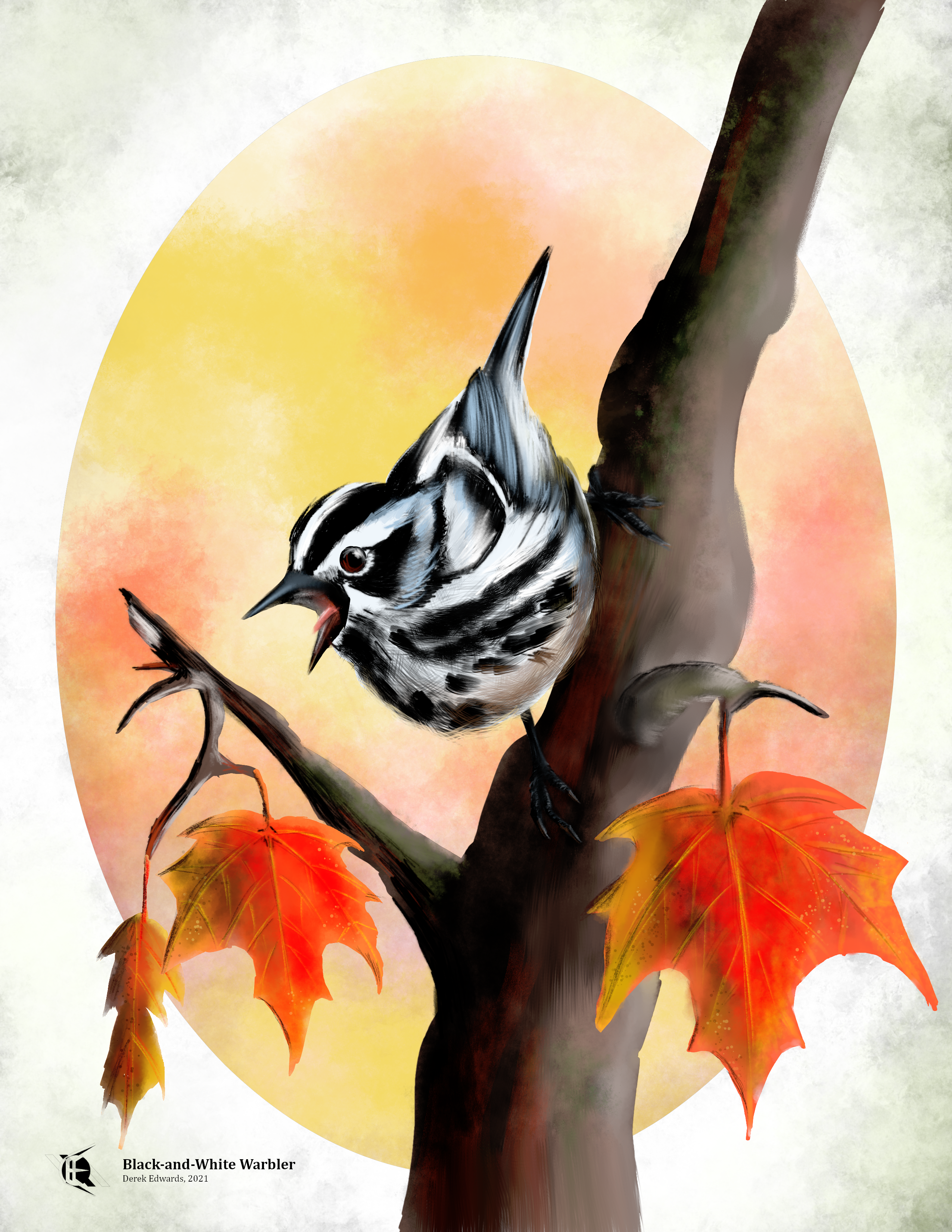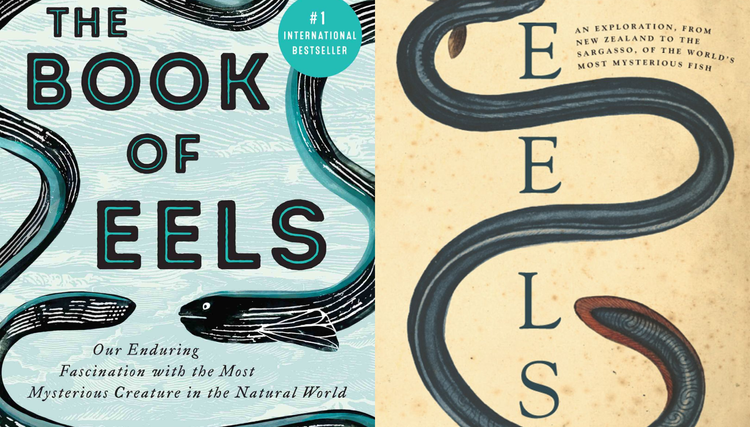
Running Commentary 10/4/2021
Hello,
It's October. This means that I have posted an RC in every month. The one-year anniversary is coming up in a few weeks, actually.
Anyway...
Watching...
Star Wars: Visions
We continue our weekly watch-through of Star Wars: Visions with "Tatooine Rhapsody":

- This episode is entirely different from the last one, which gets me back to my point from last week that I can't really evaluate Anime Star Wars as anime since I can't distinguish anime from other animation except by knowing anime is specifically made in Japan. It's not like anime is a specific style, it's literally any animation from Japan. I'm not clued into Japanese culture enough to recognize anything here that couldn't have come from an American studio, so I'm not sure how successful Visions can be as a cultural exchange project.
- Despite being set after the Clone Wars, this episode had a decisively Prequel-era aesthetic. I noted many Pacithhips in the crowd, which I don't think we've seen on-screen since Ep. III.
- This is an episode that kind of lives or dies on its music. The songs were written by Yoshiaki Dewa, the non-singing half of the Osaka pop duo Jyukai (樹海). I found a song of theirs that struck me as like Japanese Sixpence None the Richer. It sounds nice, but not really anything like the music in this episode. I'm not really a big music guy anyway, but the music in this short film just seemed like generic fast rock. If the producers wanted that, maybe they could have worked with a band that normally did that style of music and come up with something that could have been a real hit. I can't recall how the music here went a mere half-hour after watching.
- I'm not sure what narrative purpose it served to have Jay be a former Padawan. It seems like an idea from early in the creative process that could have been cut without losing much.
- Speaking of Jay, let's add Joseph Gordon-Levitt to the List. Yeah, he voiced the guy who called the parking police in The Last Jedi, but that was an uncredited cameo, and uncredited work doesn't get one on the List.
Reading...

The World in a Grain
Regular readers will know that I like what I've recently learned are called micro-histories: books focused on a narrow topic and how it fits into human history. This book fits right into that niche. Moreover, it fits into the sub-sub-genre dealing with mundane, ancient technologies that everyone everywhere uses all the time. This was a book I was excited for, and, as these things go, somewhat disappointed in.
Vince Beiser is a writer specializing in covering the sand business, and this book serves his magnum opus in that line of work. After reading it, I wonder if it wasn't too broad a topic. Beiser spends the first half of the book running through the history of concrete, pavement, glass, and microchips (all made out of sand, in some form or another) offering a few interesting stories but not really diving deep into any one thing before moving on to the next. The second half deals with Beiser's actual motivating factor behind writing this, the inevitable "sand crisis" wherein the modern world will have used all the sand fit for making concrete, pavement, glass. and microchips. This is not the promised "Story of Sand and How It Transformed Civilization" from the cover, but it is the thing Beiser hopes we all take away from the book.
Throughout the book, Beiser stresses that most of the sand lying around in various deserts isn't worth bothering with; it's too rounded and weathered to be used as construction materials and too full of impurities to be melted into glass or silicon chips. The sand we need must be mined from underground, or dredged from the seabed, in a few cases. Beiser discusses how sand pits are poorly regulated and often tied to organized crime. He discusses how coastal development, especially the jetties flanking harbors, disrupts the natural flow of ocean sand and is resulting in the disappearance of many beaches. He discusses NIMBYism in rich countries pushes the sand industry into poorer countries, where the environmental fallout hits even harder. But, besides all involving sand in some way or another, these seem like fairly distinct issues. Beiser isn't really able to offer a solution to any of the problems he highlights. The last chapter is basically a Kony 2012-esque call to raise awareness and demand government action regarding the sand crisis, which, in fairness, is probably all Beiser can really be expected to do at this point.
I'm not really recommending this book to anyone. The history is a bit lightweight, and the industry reporting is a bit redundant and disjointed. Beiser has written about the sand crisis in several news outlets, and it's a subject worth learning about, but maybe not at book-length.

Bird of the Week
It's Fall, and that means it's warbler-watching season (one of them at least). I was recently out for a walk in the woods in a re-wilded former golf course when I spotted, crawling up-and-down on a small tree, this week's bird. The Black-and-White Warbler is, indeed, a black-and-white member of the New World warbler family. It is not actually the only black-and-white warbler; the male blackpoll warbler looks similar, though it is solidly black over the top of its head, whereas the black-and-white warbler has streaks of white over each eye and running across the center of the crown. The B&W is also generally more striped, looking almost zebra-like. Males have more black marks in front than females.
These warblers are as characterized by their behavior as by their appearance. Like the pine warbler and the nuthatches, they are tree creepers, meaning that they will cling to the sides of trees and crawl around searching for insects living in the seams of the bark. This behavior, paired with their piebald appearance, can lead black-and-white warblers to be mistaken for downy woodpeckers by inattentive birders. Their song, very different from that of woodpeckers, is a series of monotone, high-pitched whistles.
The black-and-white warbler was first classified by Linnaeus as Motacilla varia, with "varia" coming from the Latin for "variegated" and "Motacilla" being the genus Linnaeus developed for the wagtails, the name taken from the Latin term for the pied wagtail. The French naturalist Louis Jean Pierre Vieillot re-classified the bird into its own genus, which he named "Mniotilta". Vieillot mistakenly believed this to mean "moss-picker" in Greek; it actually would mean "seaweed-picker". This bird is not commonly found around seaweed.
See the full archive of birds on Notion

Curation Links
The Curlews of Galloway | Patrick Laurie, The Paris Review
Excerpted from Laurie's book Galloway: Life in a Vanishing Landscape, an essay about an overlooked region between England and Scotland, whose wildlife, including the titular shorebirds, has slowly been disappearing.
A guide to Australia's possums and gliders | Ken Eastwood, Australian Geographic
Australia is famous for its marsupials, especially its kangaroos and koalas. But they're also home to 27 species of possum, rodent-like tree-dwellers. Here's a fully illustrated guide to every sort.
Rise and Fall of the Comic Empire | Charles Sonnenburg, SF Debris
[VIDEO] A lengthy look at the history of the American comic book industry, told across 13 videos of about 15 minutes each. If you've ever wondered why no one seems to read comics anymore despite superheroes being bigger than ever, you'll want to watch this.
Pitcher Plant | Adam-Troy Castro, Nightmare Magazine
[FICTION] A creepy, second-person story about a labyrinthine old house.
See the full archive of curations on Notion






Member Commentary